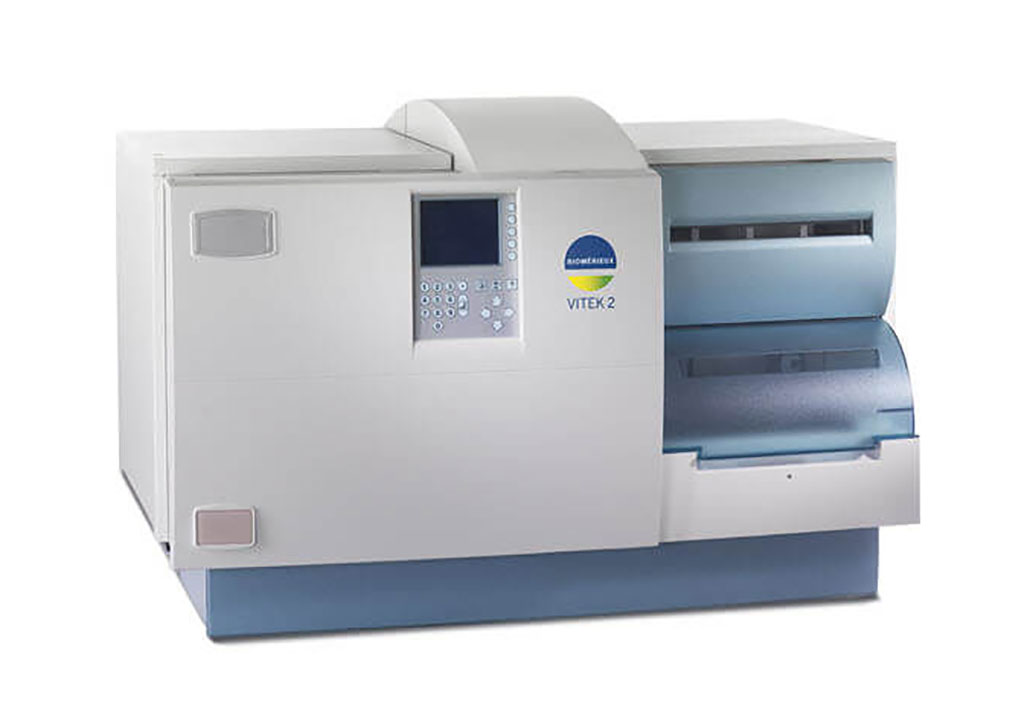Automated Systems Compared for Vancomycin MIC Values for MRSA Bacteremia
Posted on 29 Mar 2022
Staphylococcus aureus bacteremia is associated with significant morbidity and mortality. Compared with methicillin-susceptible isolates, methicillin-resistant Staphylococcus aureus (MRSA) increases hospital length of stay (LOS), hospital costs, duration of bacteremia, and mortality.
Variability in minimum inhibitory concentration (MIC) with automated susceptibility testing instruments may influence methicillin-resistant Staphylococcus aureus (MRSA) treatment. A large meta-analysis of 22 studies reported that elevated vancomycin MICs ≥1.5 mg/L were independently associated with reduced treatment response, specifically higher mortality and treatment failure.

Cliical Scientists at The Medical Center at The University of Texas (Austin, TX, USA) evaluate the difference in vancomycin MIC values and the impact on vancomycin alternative therapy utilization for patients with MRSA bacteremia using the MicroScan from May 2013 to December 2016 (Beckman Coulter, Brea, CA, USA) and VITEK 2 from June 2017 to February 2020 (bioMérieux, Hazelwood, MO, USA) automated systems. The team carried out a retrospective multicenter cohort study of adult patients with MRSA bacteremia. Adult patients ≥18 years old were included if they had ≥1 positive blood culture for MRSA, received vancomycin within 48 hours of first positive blood culture, and received ≥72 hours of MRSA therapy with in vitro activity and patients were stratified by susceptibility testing.
The investigators reported that a total of 193 patients were included for analysis: 89 in the MicroScan group and 104 in the VITEK 2 group. Vancomycin alternative therapy use was higher in the MicroScan group than the VITEK 2 group (56.2% versus 20.2%). Median MIC value was 2 mg/L and 1 mg/L for MicroScan and VITEK 2, respectively. Median hospital LOS was shorter in the VITEK 2 period (16 versus 12 days). Thirty-day mortality (10.1% versus 7.7%; and 90-day readmission (34.8% versus 29.8%) did not significantly differ between MicroScan and VITEK 2 groups.
The authors concluded that implementation of VITEK 2 from MicroScan resulted in lower vancomycin MRSA MIC and less use of vancomycin alternatives. Length of hospitalization was also decreased in the VITEK 2 cohort. The study was published in the April 2022 issue of the International Journal of Infectious Diseases.
Related Links:
The Medical Center at The University of Texas
Beckman Coulter
bioMérieux














